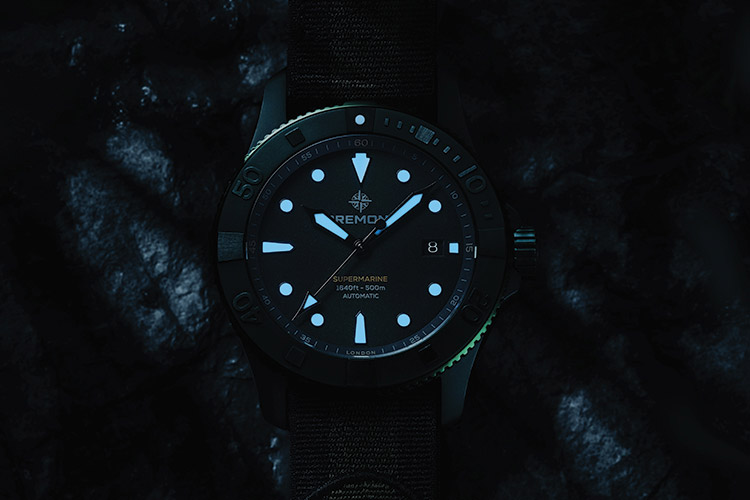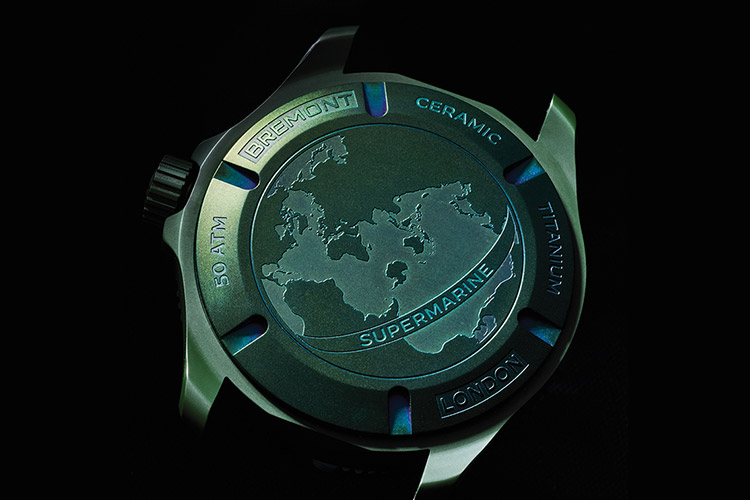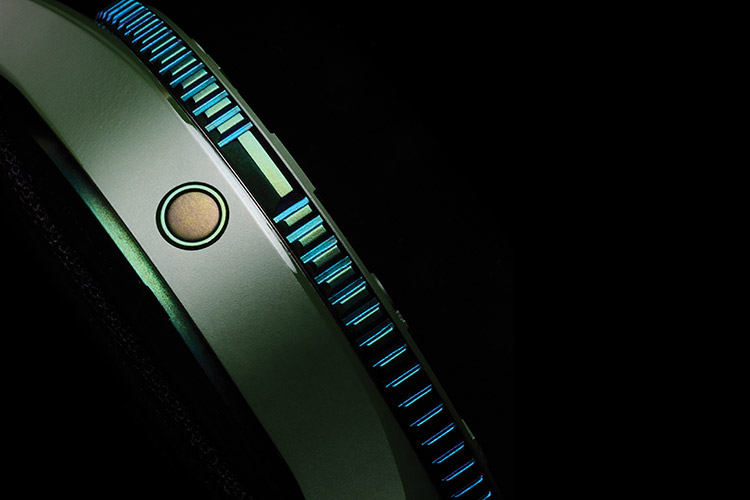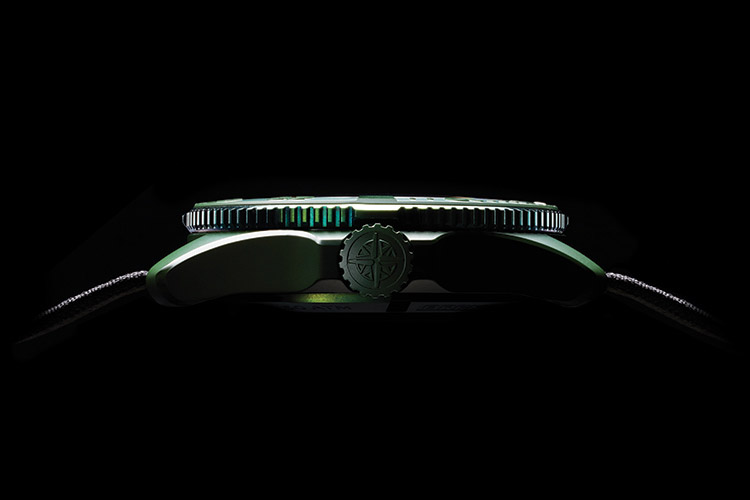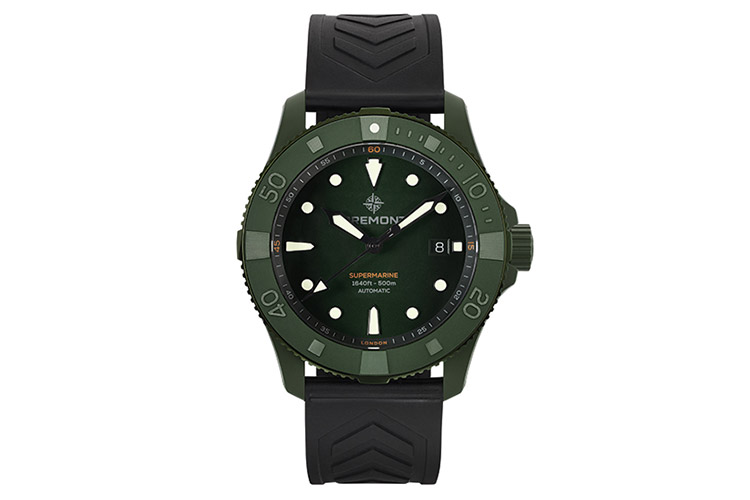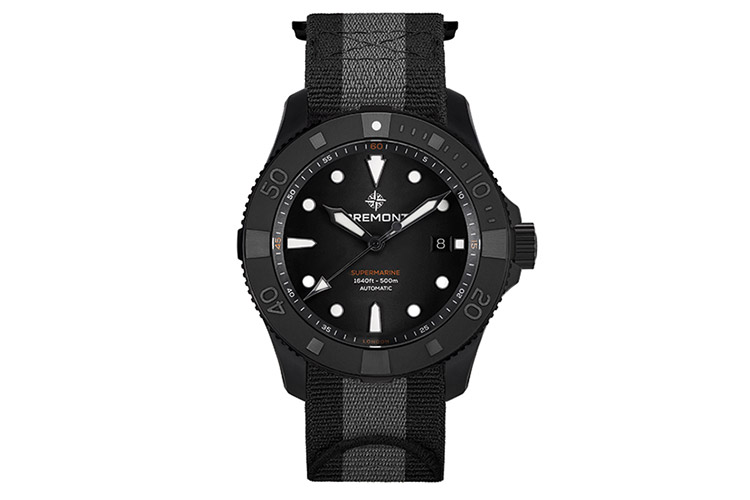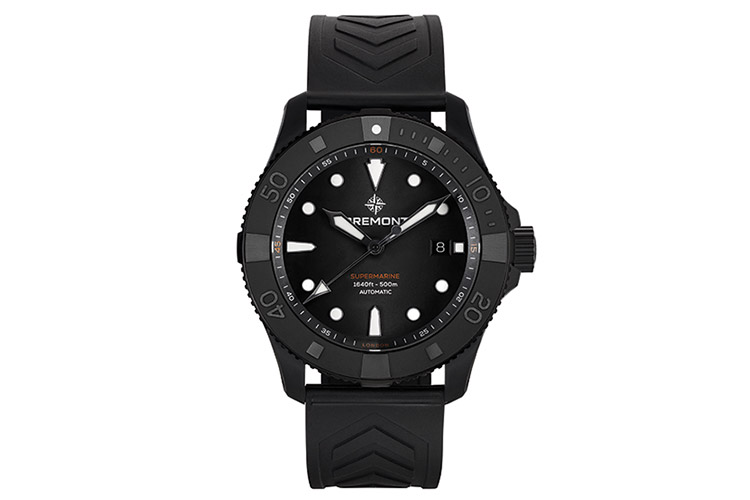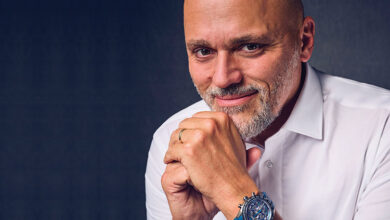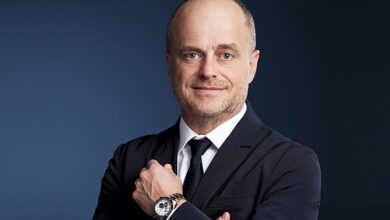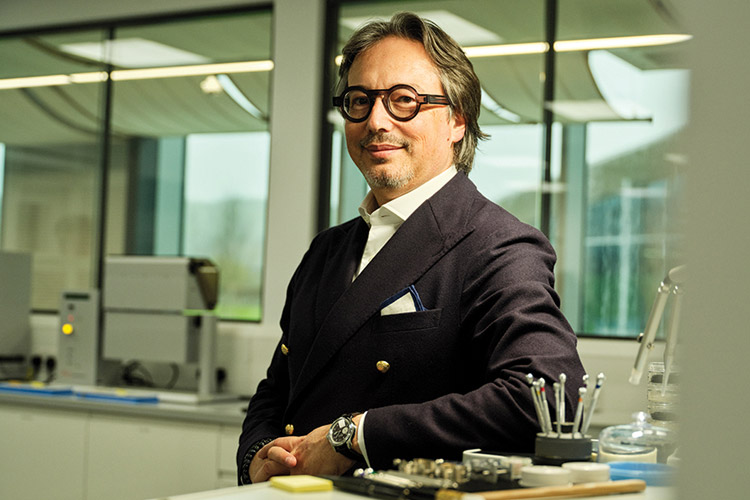
British watchmaker Bremont, which has made a name in the field of aviation watches, made a splash at Watches & Wonders this year with numerous changes in the company, brand identity and in its wider range of new offerings. We sit down with Davide Cerrato, CEO and a member of the Board, on his recent visit to Dubai to understand the marque’s broadened vision
After your stints at Tudor and Montblanc, why did you choose to work with Bremont?
Because it is an incredibly unique company, one of the very few British watchmakers and definitely the only one that is focused on an industry-specific luxury watch. We have a fantastic manufacture, very similar to the ones in Switzerland, with end-to-end operation. We produce our watches completely in house – we develop them, we prototype them, we test them, we assemble, and we service them – all in the same place, which is incredible. The company has an unusual story; it was founded by two brothers, Nick and Giles English who were fond of everything mechanical and had this dream of a new company.
That was in 2000 and now 24 years later, they are doing fantastically well for an independent brand. They are a manufacture that has a strong personality and is linked to aviation. The whole brand has this crazy testing culture and it’s fantastic. You know that I like sport watches. I like tool watches. This is the perfect tool watch company, with a crazy testing culture. Bremont’s first watch was developed in collaboration with Martin-Baker Aircraft Company, which is the global leader of ejection seats and supplies 70% of the world’s air-forces with fighter ejection seat technology.
I find them very British, a little bit quirky, with ideas such as testing a watch by putting it on a mannequin that is ejecting; it is a very unusual but very dramatic test because here the watches are tested against 15 Gs (standard gravity), undergo huge temperature changes, and suffer crazy vibrations. It is a weird test yet very strong too. This testing culture resulted in the MB, one of our iconic watches. It features an anti-vibration system and an anti-magnetic one way before magnetism became a topic. It also had a hardened steel case and now we are moving to 904 L steel and really pushing the boundaries; we are making stronger and stronger watches. We are here now to present our new Supermarine Full Ceramic with a water resistance of 500 meters.
What does Made in Britain mean to you?
Made in Britain means craftsmanship. The British have a strong tradition and culture for craftsmanship, for the artisanal way of doing things and preserving it. There is this concept of engineering that is quite strong, which can be seen in our Armed Forces Collection. There is also a strong outdoor culture, because exploration is a British trait. Dr David Livingston, Sir Ernest Henry Shackleton … you name any of the great explorers and they are British. We are now getting back strongly on the adventure and exploration angle because we are British but also, because of the overall emphasis on outdoor sports that is very strong with the British. I was living in Switzerland for 15 years, and all the most extreme and challenging skiing slopes are all populated by crazy British skiers. There is a very strong British connection with nature and the outdoors, such as fly fishing, shooting, and hunting, all of which perfectly aligns with what Bremont stands for.
All your experience has been mainly with Swiss brands; do you feel there is any difference since you’re now working with a British brand?
In terms of premises, technology, and competencies, I must say that Bremont is really at the level of the best Swiss companies. The fact that we have decided to use only 904 L steel for all our new watches, and the fact that we only produce mechanical watches are completely unusual and it’s a very strong statement on the quality of our watches. This obsession about robustness and durability of the watches is very close to the Swiss philosophy. I think people are incredibly passionate and that’s perhaps stronger in UK than in Switzerland. The country has such an incredible unique story. And, you know, this is interesting because we can position ourselves in a slightly unique way. The British watchmaker is not part of the Swiss world and that becomes immediately a challenge.
You changed the logo when you took over, why?
It’s a very creative marketing strategy. The company is fantastic and what has been achieved is absolutely incredible. But it was a monoline focused only on aviation. We are strongly rooted in aviation – a relatively niche environment – and that will always be our DNA and our strong line, but we have decided to enlarge our offerings. We are improving our diving line as well as our land segments. Our heritage logo had the propeller of a biplane; I wanted it to be modern and represent adventure. We kept the propeller in the middle of the compass star that speaks about travel, exploration, discovery, and the outdoor.
